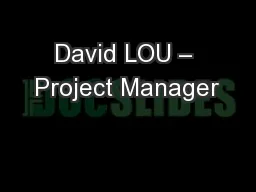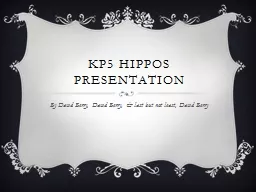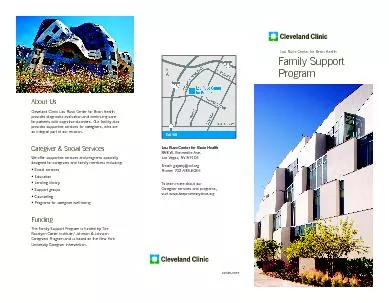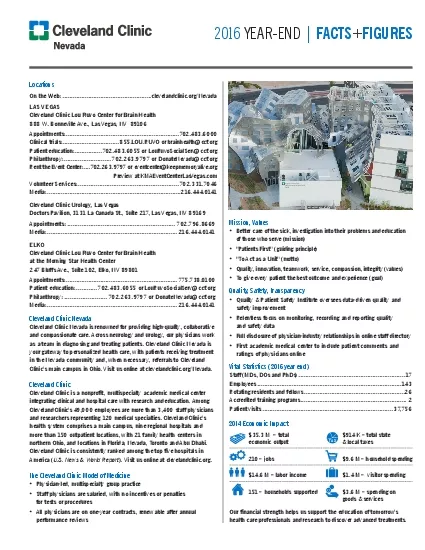PPT-David LOU – Project Manager
Author : alexa-scheidler | Published Date : 2016-03-04
Markus SCHANTA Language Guru Long CHEN System Architect Xiaolong JIANG System Integrator Jingbo YANG Tester amp Validator SIMPL Motivation General purpose languages
Presentation Embed Code
Download Presentation
Download Presentation The PPT/PDF document "David LOU – Project Manager" is the property of its rightful owner. Permission is granted to download and print the materials on this website for personal, non-commercial use only, and to display it on your personal computer provided you do not modify the materials and that you retain all copyright notices contained in the materials. By downloading content from our website, you accept the terms of this agreement.
David LOU – Project Manager: Transcript
Download Rules Of Document
"David LOU – Project Manager"The content belongs to its owner. You may download and print it for personal use, without modification, and keep all copyright notices. By downloading, you agree to these terms.
Related Documents














